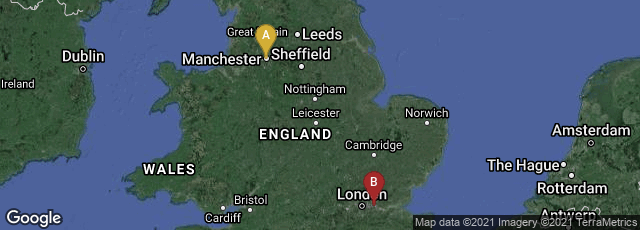In 1858 English architect
John Burley Waring issued through the London lithographers Day & Son a spendid folio volume of chromolithographs and text entitled
Art Treasures of the United Kingdom, reproducing by chromolithography some of the finest treasures exhibited in the Manchester exhibition entitled
Art Treasures of Great Britain. Illustrated with 100 full page plates drawn on stone by and chromolithographed by F. Bedford, the work included essays by Owen Jones, Digby Wyatt, A. W. Franks, J.C. Robinson, G. Scharf and J. B. Waring.
Besides the splendid color plates, I was particularly drawn to this work because of its remarkable fully decorated inlaid calf binding over thick boards by Leighton Son & Hodge of London. Most likely the binding was designed by John Leighton. The text and plates of this work, all on separate sheets rather than in signatures, were originally bound in gutta-percha style, an early form of "
perfect binding" in which the separate sheets were glued onto a flexible backing of
gutta-percha, which in this instance was then cased in to the spectacular calf binding.
Over time the rubbery latex material became inflexible causing the spine to split and pages to become separated from the binding. After I purchased the copy, through the process of restoration the sheets and plates were sewn and reinserted into the binding in a modern manner, and the book now opens and can be read just as it originally could when issued. To protect the volume the restorers enclosed it in a beautiful drop-back box with the lettering and blind-tooling on the spine reflective of the design of the original binding,
